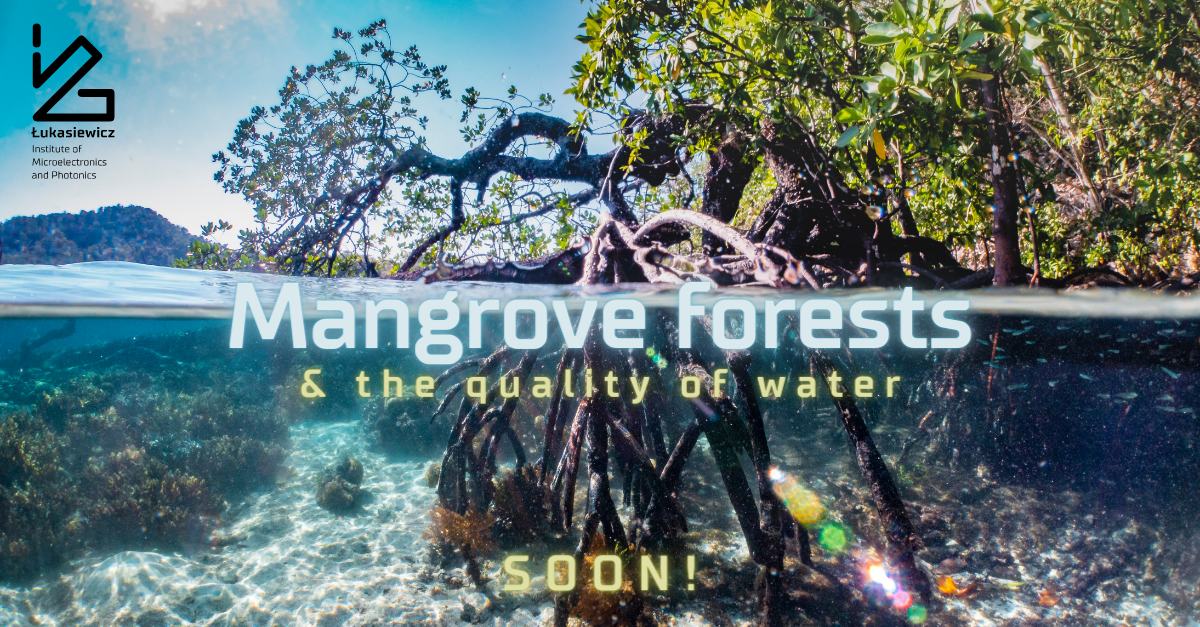Nowadays, we can find electronics everywhere, so it’s no wonder that one of our researchers has decided to place a special kind of electronic sensor in water to examine, measure, and detect it. This brave young woman is Kiranmai Uppuluri. She knows a lot about water and will do her best to have her own, even the smallest, impact on improving the quality of water.
Why? As Kiran says: “Water is so essential that all living organisms on this planet depend on it. There is a nice quote from one of my heroes – Dr. Sylwia Earle and she said: ‘no blue, no green’, meaning without water nothing can survive.”
When it comes to water, it just so happens that today is The International Day of Conservation of the Mangrove Ecosystem. Since Kiran comes from India, where mangrove forests are present, she knows a little about them too: “Mangroves are shrubs that grow in coastal saline water. They are quite alike to strong warriors because they are very resilient to conditions such as low oxygen and salinity. They support a diverse and unique ecosystem of organisms around their roots such as oysters, shrimps, algae, sponges, etc. and they also hold a large amount of blue carbon through carbon sequestration. (…) Unfortunately, artificial beaches and hotels destroy their habitat.”
Visit our LinkedIn on Friday to find out more on this topic and the sensors she uses to measure water!
Did you know that…?
- These forested wetlands are rich in biodiversity.
- A 500-meter mangrove strip reduces wave heights by 50 to 99%.
- One hectare of mangrove can store 3,754 tons of carbon – it’s the equivalent of taking 2,650+ cars off the road for one year.


